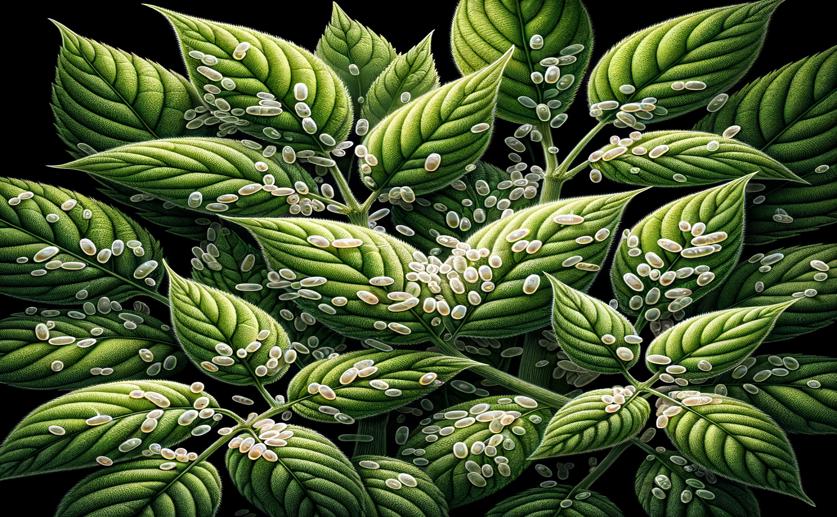
Better Way to See Whitefly Eggs on Different Plants
Jenn Hoskins
24th May, 2024

Image Source: Natural Science News, 2024
Key Findings
- Researchers at the University of California, Riverside, developed a staining method to better visualize sweet potato whitefly eggs on crops
- The staining process increased egg counts for less experienced counters across all tested crops and for more experienced counters on melons, tomatoes, and cowpeas
- This method improved agreement on egg counts between different counters, aiding in the accurate assessment of crop resistance to whiteflies
AgriculturePlant ScienceAnimal Science
References
Main Study
1) Evaluation of a low-cost staining method for improved visualization of sweet potato whitefly (Bemisia tabaci) eggs on multiple crop plant species.
Published 23rd May, 2024
https://doi.org/10.1186/s13007-024-01209-z
Related Studies
2) Impact of Bemisia argentifolii (Homoptera: Auchenorrhyncha: Aleyrodidae) infestation and squash silverleaf disorder on zucchini yield and quality.
Journal: Journal of economic entomology, Issue: Vol 97, Issue 6, Dec 2004
3) Effect of plant development (age and size) on the Mi-1-mediated resistance of tomato to whitefly Bemisia tabaci.
4) Eggsplorer: a rapid plant-insect resistance determination tool using an automated whitefly egg quantification algorithm.



 23rd May, 2024 | Greg Howard
23rd May, 2024 | Greg Howard